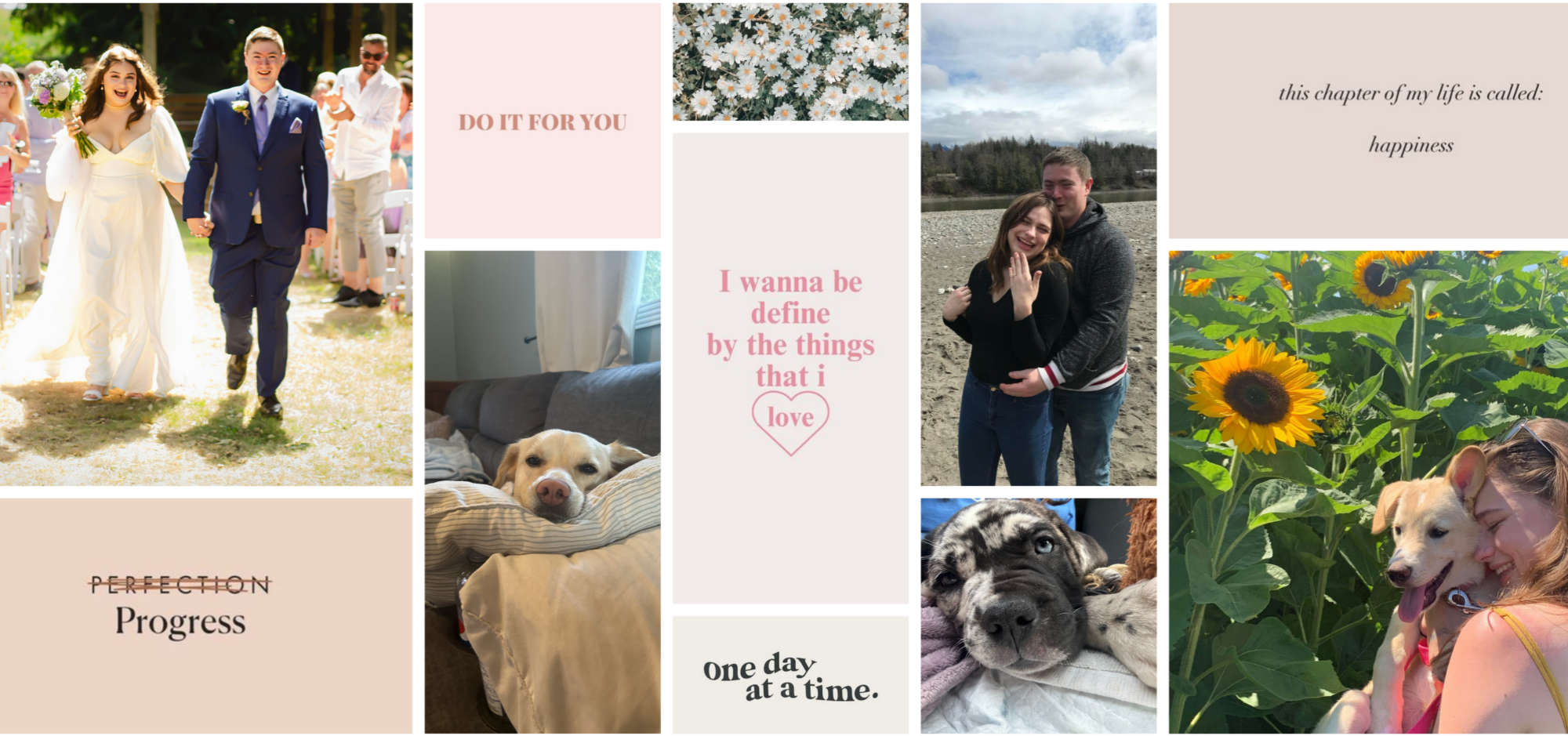
Through my teaching education and practicum experiences, I’ve come to see learning as more than just memorizing facts—it’s about making connections, reflecting on experiences, and engaging in hands-on learning. This principle has shaped how I create lessons that help students understand concepts in a way that feels meaningful and relevant to their lives.
Holistic and Experiential Learning
I’ve always believed that learning should involve the whole student—mind, emotions, and experiences. In my three practicums, I made sure to include storytelling, discussions, and hands-on activities to help students connect with what they were learning.
Reflection and Self-Discovery
Helping students reflect on their learning is something I prioritize. I regularly use class discussions, journaling, and my “Give Me 5” check-ins to encourage students to think about how their learning connects to their own experiences. During all of my practicums, I asked questions like, “How does this relate to something in your life?” to help students see that learning isn’t just about school—it’s about understanding the world and their place in it.
Building Relationships and Community
This principle also emphasizes that learning happens through relationships. I made sure to create opportunities for students to learn from each other and their communities. Whether through group projects, sharing personal experiences, or other ways, I encouraged students to see knowledge as something we build together. During my practicums, I loved watching students share stories that connected to what we were learning, showing how much they valued each other’s perspectives.
Connection to Place and the Land
A strong sense of place is essential in learning, and I made it a point to bring lessons outdoors whenever possible. During my practicum,s I took students outside for science activities (when the weather allowed), encouraging them to observe and interact with their surroundings. This not only made learning more engaging but also reinforced respect for the land and its role in our lives—an important perspective in Indigenous learning traditions.
Application to Teaching Practice
The FPPL #2 has reinforced my belief that learning should be active, reflective, and connected to the world around us. By designing lessons that encourage hands-on experiences, reflection, and relationships, I’ve created a classroom where students feel engaged and connected to their learning. Moving forward, I’ll continue to use this principle to shape my teaching, ensuring that learning is meaningful and relevant to my students.
